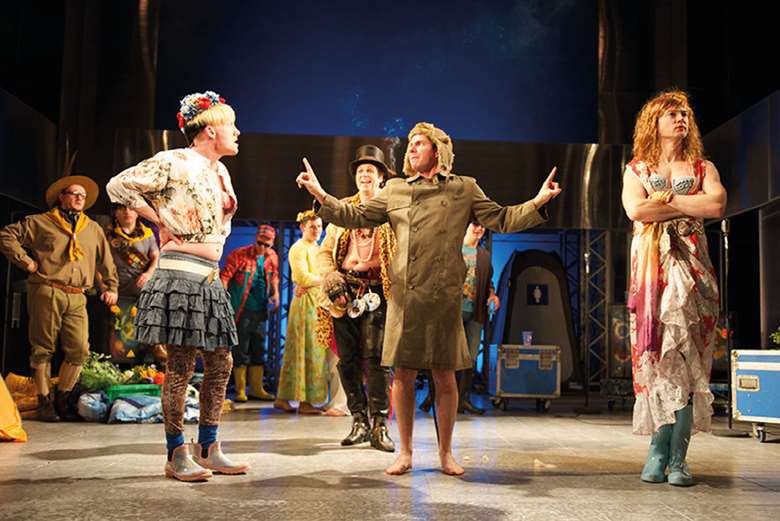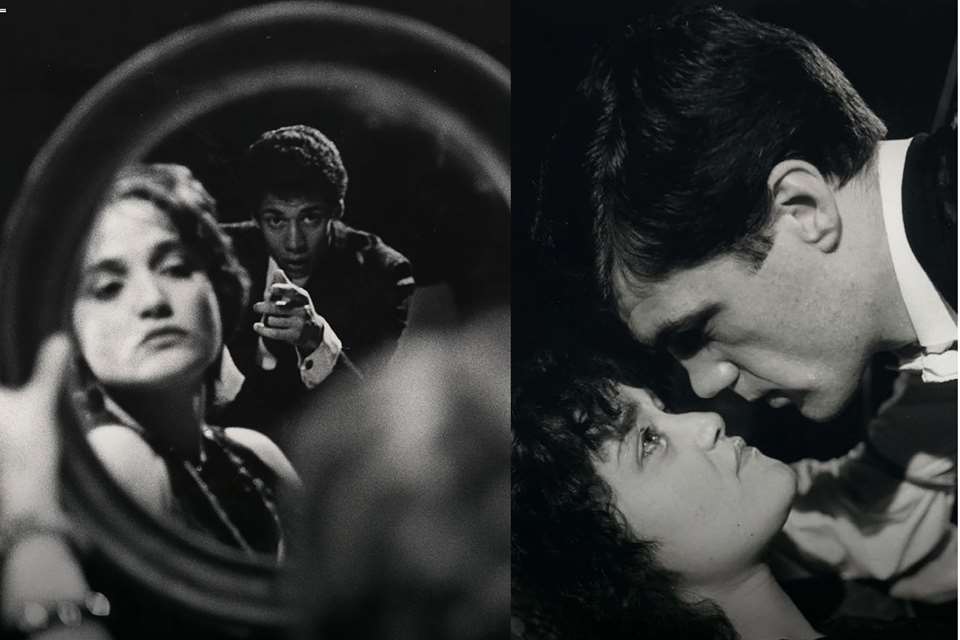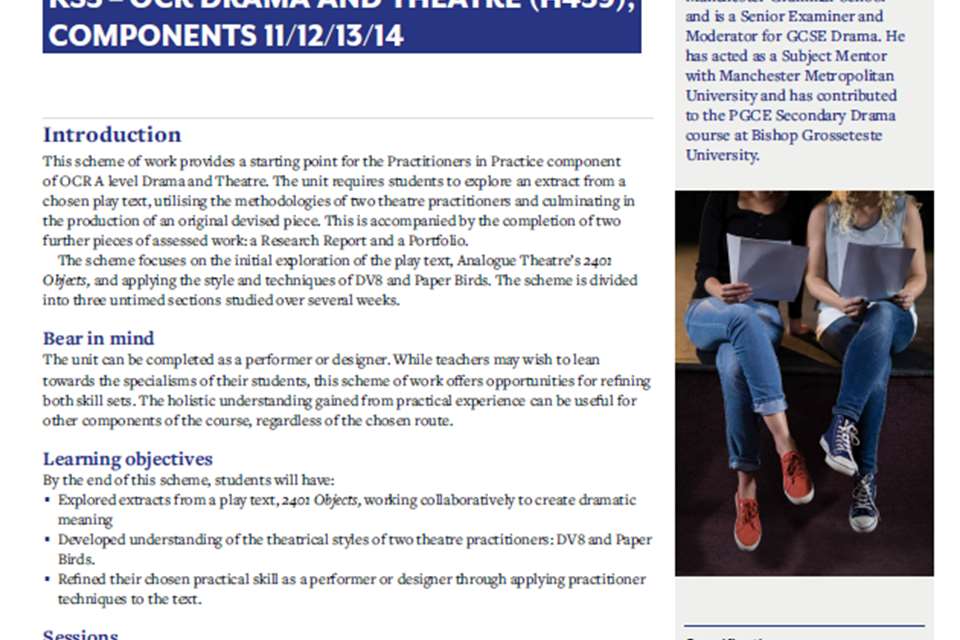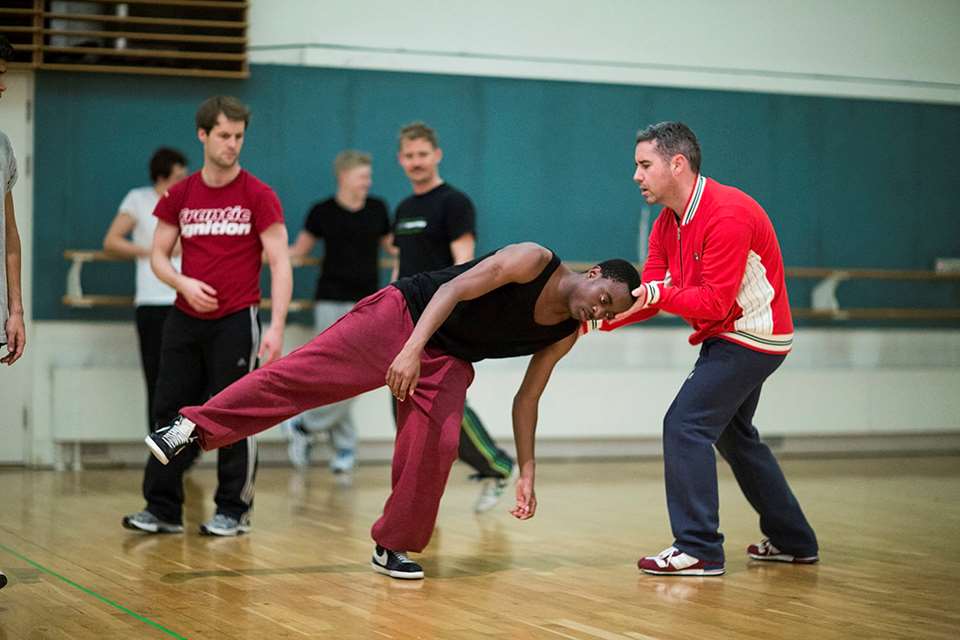Practitioner focus: Propeller Theatre
Keith Burt
Tuesday, March 1, 2022
Keith Burt takes a look at practitioner Propeller Theatre and establishes how you can approach their work with your students.

Manuel Harlan
Register now to continue reading
Register to the Drama & Theatre website today and gain access to all the latest news and developments from the world of drama education. By registering you will receive:
- Free access to 4 subscriber-only articles per month
- Unlimited access to news and opinion on our website









